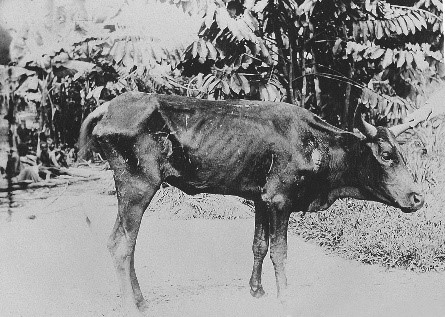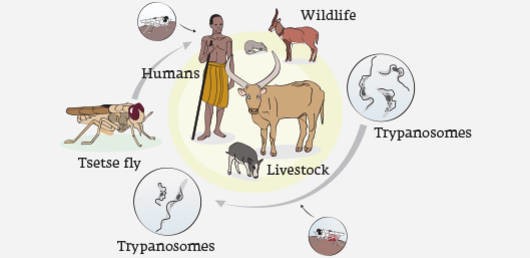Free Courses Sale ends Soon, Get It Now


Free Courses Sale ends Soon, Get It Now



Disclaimer: Copyright infringement not intended.
Context
About
[Trypanosoma is a genus of kinetoplastids, a monophyletic group of unicellular parasitic flagellate protozoa.]

Symptoms
Impact
Concern
Control Measures
© 2024 iasgyan. All right reserved